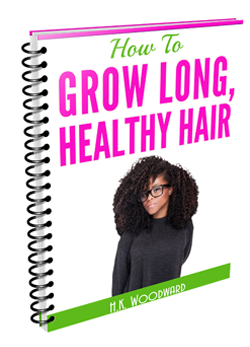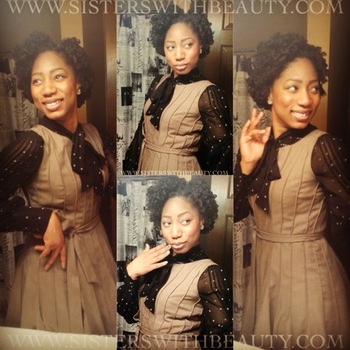 Click for Diana's regimen and styles! Click for Diana's regimen and styles!
Cetrimonium bromide is a cationic compound like BTMS, Incroquat CR and cetrimonium chloride. It is very commonly used as a base for commercial conditioners.
Cetab is a different compound to cetrimonium bromide. It is composed of:
BTMS is a more conditioning compound and a better detangler than cetrimonium bromide because it’s more strongly attracted to hair. However, cetab works better with damaged hair than BTMS because it can be adsorbed into the damaged areas of the cortex as it is smaller in size than BTMS. For a damaged hair conditioner consider using just cetrimonium bromide or cetab or BTMS plus cetab. Importantly, note that BTMS and cetab may not work well together, they may separate. If you are using cetrimonium bromide as your only cationic compound add oils and/or silicones and/or cetyl alcohol to improve the detangling properties of the conditioner. Properties of cetrimonium bromide include:
Usage rate: 0.5-10%; 5-7% is a good amount in a rinse off conditioner but use 2-3% if you are using it in combination with BTMS. Interestingly, some research suggests that cetrimonium Bromide could be used as an anticancer agent (Ito et al). Add it to the heated oil phase of a conditioner. 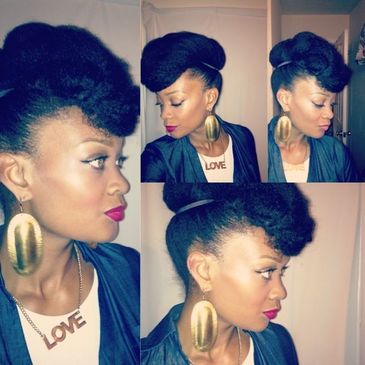 Click for Queen Deanna's Regimen Click for Queen Deanna's Regimen
BTMS is Behentrimonium Methosulfate (and) Cetearyl Alcohol. It is an emulsifying wax with some good detangling properties. Emulsify means it helps water and oil to mix. It emulsifies both oils and silicones very well and is a very commonly used ingredient in conditioners.
Its usage rate in hair products is normally 5 to 10%. Emulsifying wax is normally composed of a cetearyl alcohol or a cetyl alcohol. These are fatty alcohols derived by combining natural oils with fats. The fats are necessary to stabilize and thicken the desired formulation. You will come across two types of BTMS:
On their own cetearyl alcohol and a cetyl alcohol do not actually bind oils to water, however, once this combination has been made they prevent the fused molecules from separating. Both these fatty alcohols help to make combing easier. So if your hair is as tangle prone as mine this is an ingredient you definitely want to see on the bottle. Behentrimonium methosulfate is derived from rapeseed oil (it’s a cationic quaternary compound). BTMS-25 contains 25% behentrimonium methosulfate, the active ingredient in BTMS. BTMS-50 contains 50% behentrimonium methosulfate. BTMS-25 is a great conditioner, but it doesn't emulsify as well as BTMS-50. In addition, butylene glycol is a humectant so you especially want BTMS-50 in your conditioners if you have dry hair. If you have very greasy hair you might prefer BTMS-25. If you have dry hair but can’t find BTMS-50 you can just use the BTMS-25; the likelihood is that the other moisturizing ingredients in the recipe will makeup for it. Alternatively you can add a fatty alcohol, e.g. cetyl alcohol or cetearyl alcohol to make up for the lack of butylene glycol. If a recipe specifically lists BTMS-50 but you only have BTMS-25 double the amount of BTMS you put in to get the same amount of behentrimonium methosulfate, i.e. BTMS-50 = 2 x BTMS-25 Generally though, if you live in the West BTMS-25 and BTMS-50 are both very easy to find and best of all they are both easy to use. Add it to the heated oil phase of a conditioner. If you buy a conditioner it won't usually have BTMS-25 or -50 written on it, the specific ingredients are normally spelt out. 
Incroquat CR is a cationic compound like BTMS, cetrimonium bromide and cetrimonium chloride. It is commonly used in conditioners. “Incroquat” is not a chemical’s name, it is a trademark of a company called Croda. CR stands for Crème Rinse. It is a combination of Cetearyl Alcohol (and) PEG-40 Castor Oil (and) Stearalkonium Chloride. Stearalkonium Chloride is 15% of Incroquat CR.
Its usage rate in hair products is normally 5 to 7%. It is good for softening and detangling hair so it’s a good addition to conditioners but it is not better than BTMS. It doesn’t have humectant properties so always add another ingredient to the conditioner for that function. Cetrimonium chloride is better at detangling so consider combining the two in your conditioner formulations to have a great detangler rather than just a good one. Note, however, that although incroquat CR is supposed to be an emulsifier it’s not a particularly effective one when used on its own; therefore, if you use it in recipes with a lot of silicones and oils the product will probably separate unless there is another emulsifier there. I would not recommend using incroquat CR as a conditioning agent on its own if you have dry hair like me. It needs to be combined with another cationic compound. Add it to the heated oil phase of a conditioner. 
Press Release: $500 Cash Giveaway By Neno Natural Will Be An Annual Event! But, there's A Twist...20/4/2014
The Neno Natural hair blog was established in May 2012 and the response has been UNBELIEVABLE. To thank email subscribers in November 2013 I gave $500 cash to one subscriber :).
This year, I will do it again but have changed the rules a little: instead of entering all subscribers into the draw, only those rated 3* or more will be entered. How do you get a good subscriber rating of 3* or more? It is automatically calculated by my email management tool, MailChimp. Moving up the rank is easy:
I think this entry system is fairer because the money goes to someone who actually likes the work I am doing. How do you subscribe?

 Click for Queen Lola's Hair Regimen Click for Queen Lola's Hair Regimen
You would think that every kinky/curly-haired girl conditions their hair after a shampoo as standard, wouldn't you? Nope, that is not the case so this is a worthwhile question:
What does happen to hair when it's not conditioned following a shampoo? Firstly, of course, it's perfectly safe. No medical harm will occur if you shampoo your hair and just leave it at that but your hair will get awfully dry. This is the case even for people with straight or mildy wavy hair. If you're naturally dry-haired shampooing without a conditioner application afterwards will lead to hair that is:

This recipe is for a deep conditioner. It will not only help to moisturize and nourish dry hair, it also contains essential oils, hydrosols and other ingredients that help to tame frizzy hair.  Click for Queen Ashley's Hair Regimen Click for Queen Ashley's Hair Regimen
Heated oil phase (22%)
Heated water phase (70%)
Cool-down phase (8%)
0.3g rosemary or sandalwood (7 drops) (0.3%) 0.2g lavender or rose (4 drops) (0.2%)
Method
You will need two pyrex bowls because you will be creating two bain maries (a.k.a. double boilers)
Application
Storage: The shelf life is 9 to 12 months. Store in a cool, dry place. 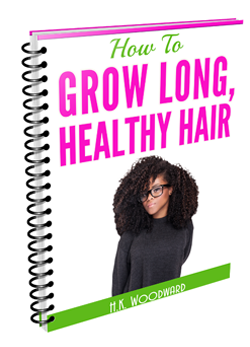
This recipe is for a deep conditioner. It will not only help to moisturize and nourish dry hair, it also contains essential oils, hydrosols and other ingredients that help to soothe your scalp. 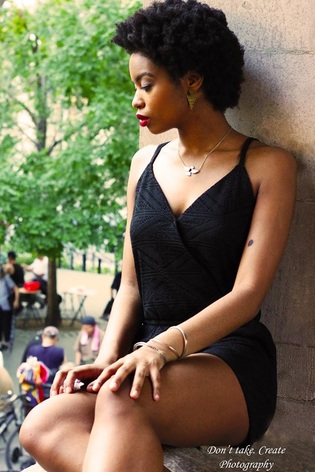 Click for Queen Samantha's Hair Regimen Click for Queen Samantha's Hair Regimen
Heated oil phase (19%)
Heated water phase (69%)
Cool-down phase (12%)
Method You will need two pyrex bowls because you will be creating two bain maries (a.k.a. double boilers)
Application
Storage: The shelf life is 9 to 12 months. Store in a cool, dry place. 
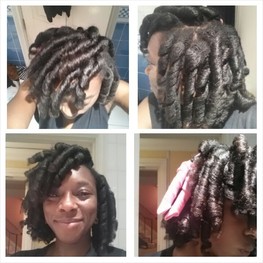 Click for Queen Lola's Hair Regimen Click for Queen Lola's Hair Regimen
Heating the ingredients that go into a hair conditioner, detangler or moisturizer helps to emulsify (mix) water and oil.
Normally, as you already know, water-based substances and oils/butters don't mix. However, heat alone is not enough to cause the blends to mix and not "split" again afterwards. In addition to the heat each one of my DIY Hair Recipes contains an "emulsifying agent" (the cationic compounds, BTMS or cetrimonium chloride or cetrmonium bromide) - that is a chemical that helps the water and the oil to blend. But, heat and an emulsifier are again not enough to make the oil and water to mix without "splitting" again afterwards. The stirring motion also helps with the emulsification process. Think about it this way, if you make a cup of tea and add a solid block of sugar it might not completely melt if you don't stir. To dissolve the sugar you need: (1) a solvent called water, (2) heat, i.e. hot water, the sugar would not melt well in cold water and (3) stirring. It's pretty much the same deal deal with making conditioners and other hair products that combine oils and water-based inputs. In addition, the heat kills any contaminants that might have been in the ingredients. Having any unwanted bodies in the formulation would make it rot faster. In summary, to mix water and oils/butters you need: 1. An emulsifying agent 2. Heat 3. Stirring action 
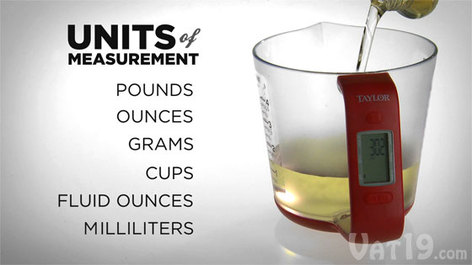
If you are making your own "Do It Yourself" products it is more accurate to use grams.
How About Millilitres, ml? Millilitres are also quite accurate but not as accurate as grams and importantly, you can't use ml for solid ingredients only for liquid ingredients. Accuracy is important when you are dealing with ingredients for your hair. Be patient and weigh everything out slowly. Why Can't I Use Pounds (lbs) and Ounces (oz.)? If you are used to pounds and ounces don't worry, you will get used to grams very quickly. 1,000 grams make a kilogram so it's very easy to understand metric units, all scientists use metric measurements and as a mixtress you should too :P. Spoons, cups and ounces are extremely inaccurate for proper chemistry and my DIY Hair Recipes are proper chemistry. 
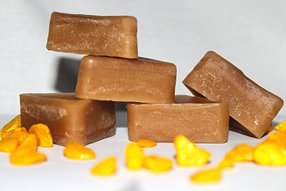
Personally, I don't think conditioner bars work well for kinky-curly hair because they have no water and even after a shampoo we really need that moisture; for that reason, I choose not to make or use them.
In addition, if you have very thick hair it is hard to apply conditioner evenly throughout your head using a conditioner bar. If you have frizzy hair too then the rubbing process to get the conditioner to "latch" onto your hair strands is not going to help tame your frizz either. However, this is just my opinion. Have you used a conditioner bar before? Please add your comment.
|
I now blog about wealth creation - so if you have any money questions meet me there, you can do all sorts of cool things like leave me a voicemail.
By Heather Katsonga-Woodward
I was a natural hair blogger and mixtress living between London & Chicago from 2012 to 2017. I always thought I was 4C but some say 4B; images below - you decide! Heather xx Categories
All
Archives
November 2016
|

